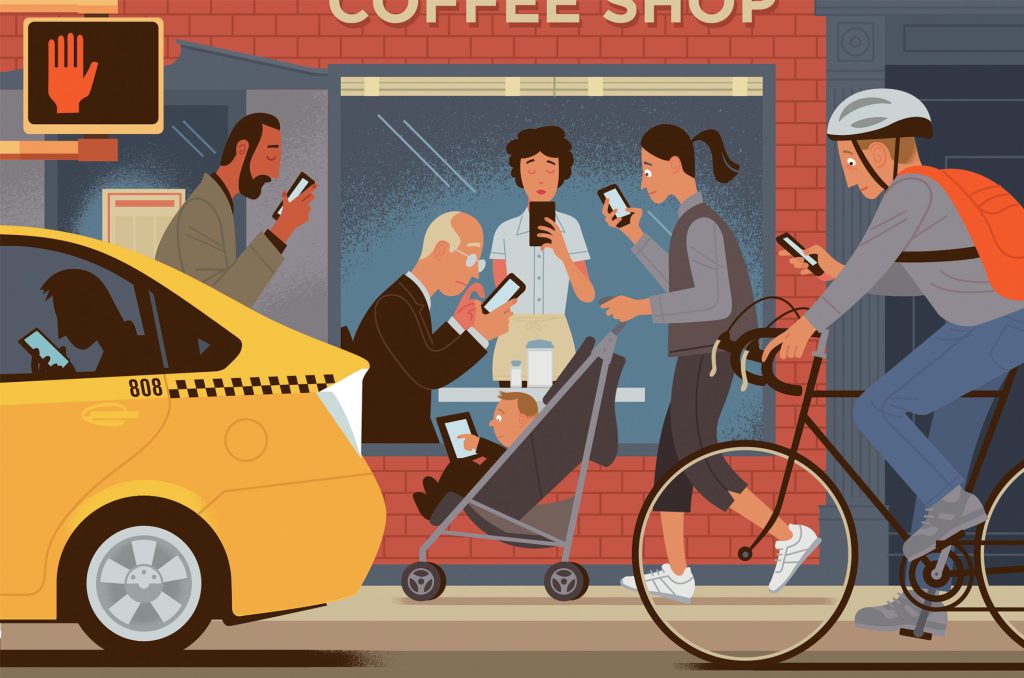In the contemporary digital age, smartphones have evolved from mere communication tools into indispensable companions, seamlessly integrating work, social interaction, entertainment, and daily management into a single handheld device. Yet, as people’s demands for efficiency, privacy, and functional diversity grow more sophisticated, a growing number of individuals are choosing to use two smartphones simultaneously. This trend is not a trivial indulgence but a deliberate adaptation to specific life scenarios, reflecting the diverse and complex needs of modern society. To understand who truly benefits from two phones, we can categorize such individuals based on their professional, privacy, functional, and life-specific requirements.

Firstly, professionals across industries form a large group that relies on two phones to separate work from personal life—a boundary increasingly blurred by remote work and instant communication. For roles like sales representatives, entrepreneurs, or corporate managers, a dedicated work phone acts as a critical buffer. This device is loaded with work-only apps: enterprise communication tools (e.g., Slack, Microsoft Teams), customer relationship management (CRM) software, and client contact lists, ensuring all work-related interactions are centralized. A personal phone, by contrast, is reserved for family, close friends, and private activities—storing personal photos, entertainment apps (e.g., Netflix, gaming platforms), and intimate messages. This separation prevents work intrusions into leisure time: a manager no longer has to dread client calls during weekend family dinners, and a salesperson can “unplug” from work emails while on vacation. Moreover, it safeguards sensitive data: in fields like finance or healthcare, keeping work files on a separate device reduces the risk of mixing personal information with confidential company data, aligning with strict data security policies.
Secondly, individuals with strong digital privacy awareness turn to two phones as a defense against growing threats like data breaches, targeted advertising, and identity theft. In an era where every app and online activity collects user data, separating high-risk and high-sensitivity tasks across two devices minimizes vulnerability. One phone might handle “exposed” activities: social media browsing, online shopping, or app downloads—actions that expose the device to tracking cookies, malware, or unauthorized data collection. The second phone, however, is reserved for low-risk but sensitive tasks: online banking, mobile payments, and accessing official accounts (e.g., tax platforms, government identity apps). If the first phone is hacked or compromised, the user’s financial credentials and personal identity remain protected on the second device. Some users take this further: they use one phone with a pseudonym or secondary account to avoid being tracked by social media algorithms, while keeping their real identity and daily interactions on the other—preserving privacy without sacrificing digital convenience.
Thirdly, enthusiasts with specialized functional needs also find two phones essential. Mobile gaming lovers, for example, often use a dedicated gaming phone. Modern titles like Genshin Impact or PUBG Mobile demand large storage, high battery consumption, and consistent performance; a gaming phone prevents these demands from disrupting daily use. A player won’t face a dead battery during an important work call or run out of storage for family photos because their main phone is unburdened by games. Similarly, photography enthusiasts may pair a high-end camera phone (with advanced lenses and editing tools) for professional shots with a lighter, more portable phone for daily calls and texts. Frequent travelers also benefit: one phone uses a local SIM card for affordable data and calls at their destination, while the other retains their home country’s SIM card to receive critical alerts (e.g., bank notifications, family messages) without expensive international roaming fees.
Lastly, people in unique life scenarios rely on two phones to navigate specific challenges. International students, for instance, typically keep one phone with their home country’s SIM card and another with a local SIM card. The home phone lets them stay connected to family via Wi-Fi-based apps (e.g., WeChat, WhatsApp) and receive verification codes from domestic banks—essential for managing finances back home. The local phone, meanwhile, allows easy communication with classmates, professors, and local services (e.g., landlords, grocery stores) at low cost. Parents of young children are another group: many use a basic, old-model phone for their kids, preloaded with educational apps and parental control software to limit screen time and block inappropriate content. This setup keeps the child’s device safe while protecting the parent’s main phone from accidental data deletion or app modifications.
In conclusion, the choice to use two smartphones in today’s world is driven by practicality, not luxury. Professionals seek work-life balance; privacy-conscious users defend against digital threats; enthusiasts pursue specialized functions; and those in unique scenarios adapt to their environments. As technology becomes more integrated into daily life, this trend will likely persist, reflecting people’s desire to navigate the digital world efficiently, safely, and comfortably. For these groups, two phones are not just a convenience—they are a necessary tool to manage the complexities of modern life.
